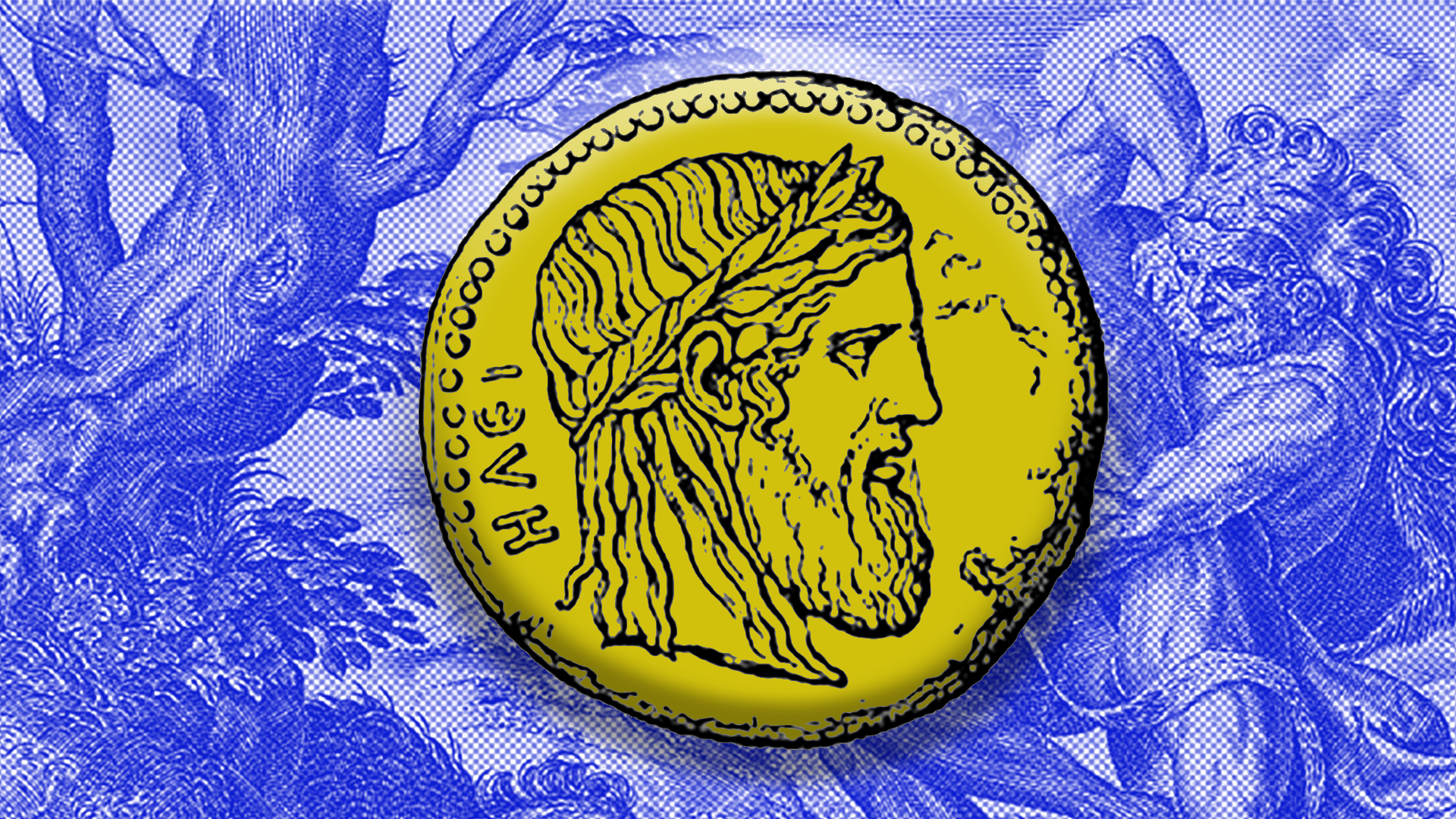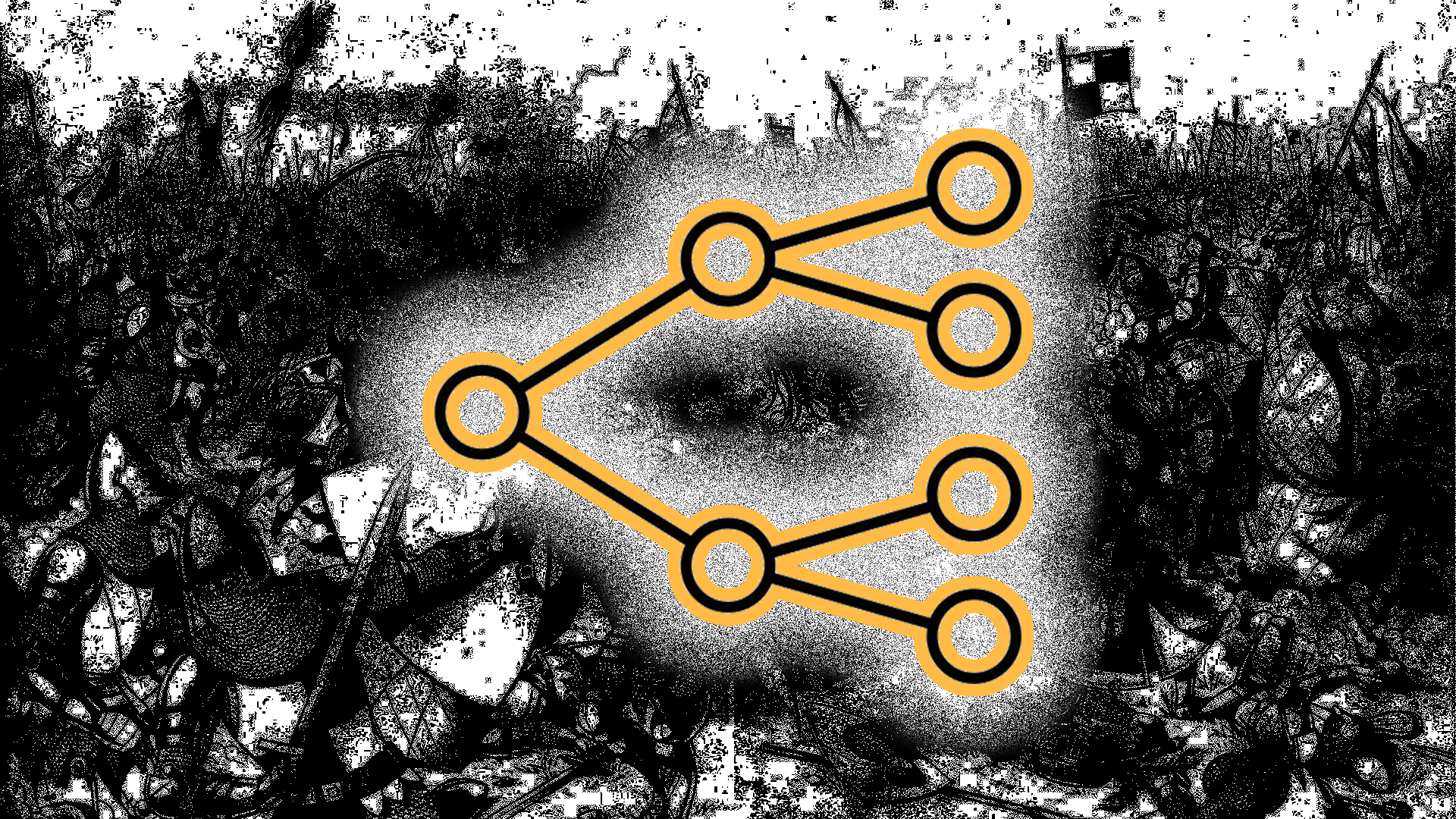“All moments, past, present and future, always have existed, always will exist.”
Vonnegut, K. (1969). Slaughterhouse-Five

Roll of the Dice
An Adventurers Arsenal is possibly one of the most important components of any DND game, but what happens when you don’t know what’s going to be in your gauntlet?
While there are many dimensions in the world of Dungeons and Dragons, we will have to go even further and peer through the veil. The Veil being the works of Kurt Vonnegut, specifically we will be taking inspiration from one of my favorite works of Non-fiction; Slaughterhouse-Five.
What is Slaughterhouse-Five about? The story follows its main protagonist, Billy Pilgrim, who lives his life in a non-linear format. While it is normal for players to randomly flash through the player’s handbook, Billy, lives his life similarly! Throughout the story, you see Billy experience and watch his life in a random order (as if life were a random roll of the dice). You take this journey with him, watching his life erratically and randomly switch up without a moment’s notice. One moment he is a child, another moment he is getting married, and then he is at war, then he is a dentist, captured on an alien planet, being a father, etc…

You see his profession change, his outfits, what he is holding onto. There are times when he is a dentist holding his tools, a soldier holding his gun, and a child eating his food with utensils.
What if we applied this concept to our magical world of Dungeons and Dragons?
The Child’s Cutlass
“There will also be an American flag no larger than a child’s hand – glued to a lollipop stick and flying from the cash register.”
Vonnegut, K. (1969). Slaughterhouse-Five

The Sword Swallower, published 1947
As a child, on our imaginary travels, we have all found a gnarly twisted stick at some point. Picking it up and examining it, it then officially becomes YOUR stick. Whether it becomes a walking stick, a bow staff, a wizard staff, or any other whimsical creation; it is completely up to your imagination.
Now imagine if these moments actually “stick” with you throughout life, the Childs Cutlass is exactly that. You can think of it as semi-random attunement, never knowing exactly when or where the item in your hand is coming from.
The way that I have it bouncing in my little bucket helm is as follows, whenever you use an action to use a melee weapon (either to summon your new weapon or attack), you will roll a d20 to see what is in your limited arsenal. Naturally, the higher the number, the better the weapon, and vice versa.


Potential Backgrounds
Of course, as the number of the die increases, it would be safe to assume that the weapon will increase in damage/effects. I have written this down for my personal use, but it can be arranged in several ways.
- The Beginnings
Die numbers one through five will be used for this set of examples. During this time of your character’s adventures, I would go with that of their childhood. Now while I do not quarrel with giving weapons to future generations, in most situations others will not be so kind.
These are very easily grabbable with small hands and while these do not have much bang, they still have been accepted into The Child’s Cutlass. With roleplaying, I have the idea that you may not even remember picking up the weapon. It is truly a random chance that this weapon will be added to your inventory, and can be really fun for a DM to brainstorm the how and why behind it.
- The Formative Years
At this point in time, we move “forward”, looking at numbers 6-10. These are the years where your character would be finding themselves and more importantly, finding their weapon of choice.
With practice over your teen years, you hone in on your skills and increase your strength.
- The Prime Years
You have now crossed the finish line and have survived your teens. Depending on how you play, I would assume that these would be your prime adventuring years. Your past of using a varied arsenal will only increase as time goes by, each weapon being unknowingly added to your growing list.
The numbers listed 11-15 should of course increase in damage. Years of adventuring will help lead the path towards mastering more weapons.
- Elderhood
The last remaining weapons, as mentioned before, should be some of the only items in your Child’s Cutlass inventory that can be attuned to. This is done so that either the Player or DM can include weapons that you either enjoy using or can advance the story.
You have now reached middle age and beyond. While your years have bid you well, the skills with the weapons you’ve practiced with have made you a menace. These will be your hard hitters, an accumulation of the work you have put in over the years.
The holy Natural 20 that we all so seek, should be your magma opus. This is what all melee fighters dream of, a weapon that not only surpasses your own collection, but a weapon that hopefully surpasses anyone else’s.
My Bardic Verse

There can be a wide variety of weapons that can be added, the list I have generated is based on the melee weapons of Dungeons and Dragons 5th Edition. Something that is planned for future games will be to make attunement slots as well, where you can add (in my case, five weapons replacing any item on the chart as long as it has the same damage. A natural 20 can either be the greatsword above or a weapon that can be attuned, but the slot can be any weapon you have attuned, with this slot being the only one where damage can be whatever that weapon deals.
For me, this is an item that can be used in a wide array of games. I used melee-type weapons but it can be used for any evolutionary-type of mechanic, like armor or magical items as well.

Sign Up for Our Newsletter
We send a monthly email with subscriber only perks, updates about the website, and other stuff thats happened lately!
Tombs of Knowledge
-Vonnegut, K. (1969). Slaughterhouse-Five, or The Children’s Crusade: A Duty-Dance with Death. https://ci.nii.ac.jp/ncid/BA09943991
Support a Knight!
Amazon Affiliate Links:
Check out a copy of “Slaughterhouse-five” for yourself : https://amzn.to/3vOQgBh









